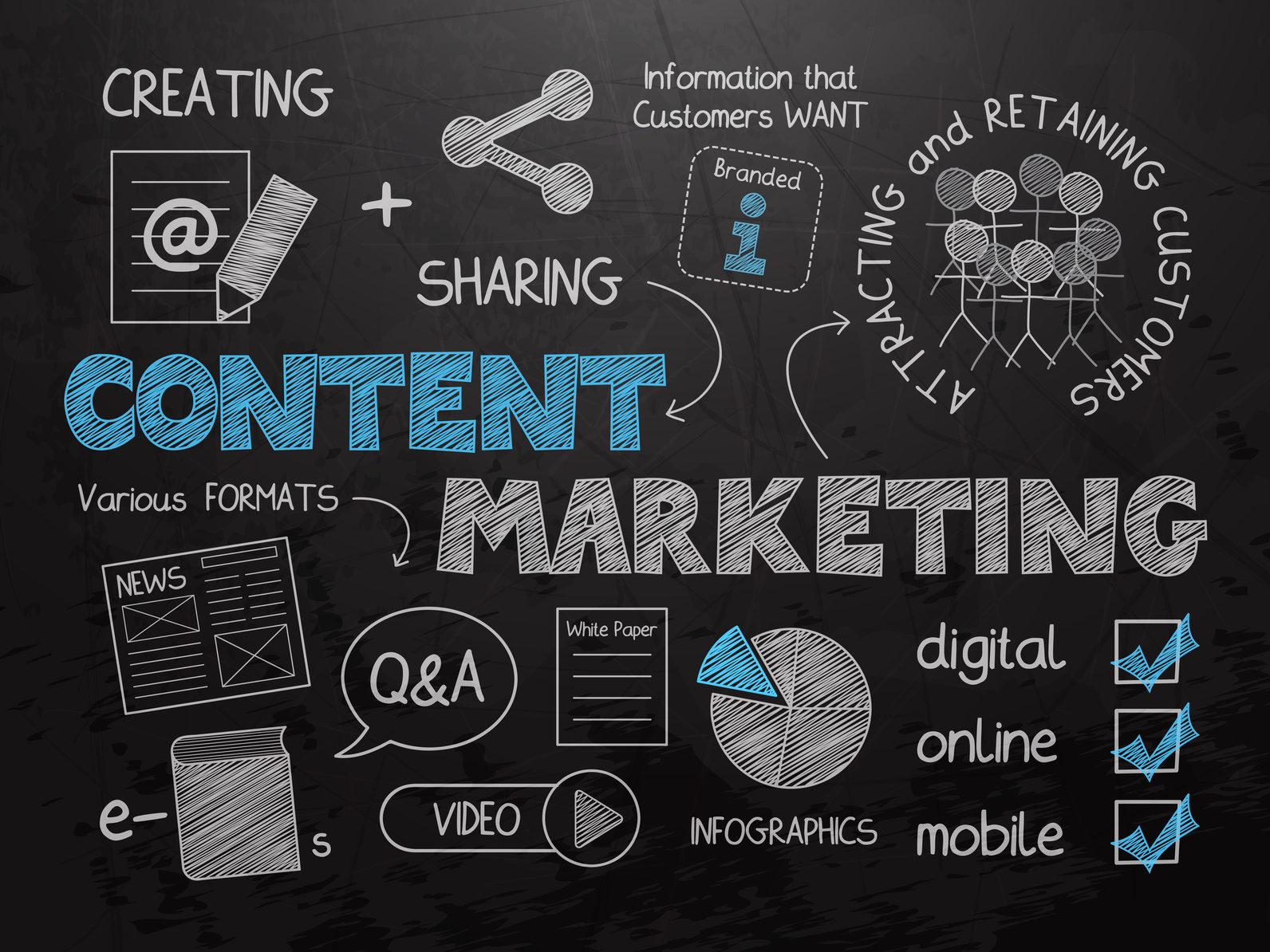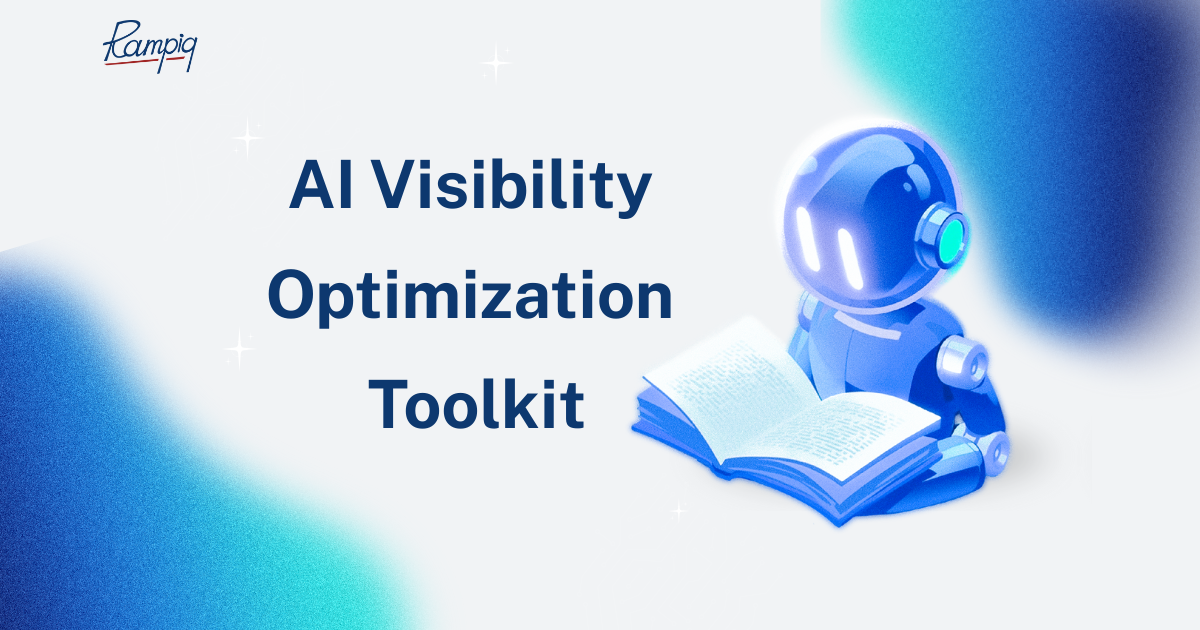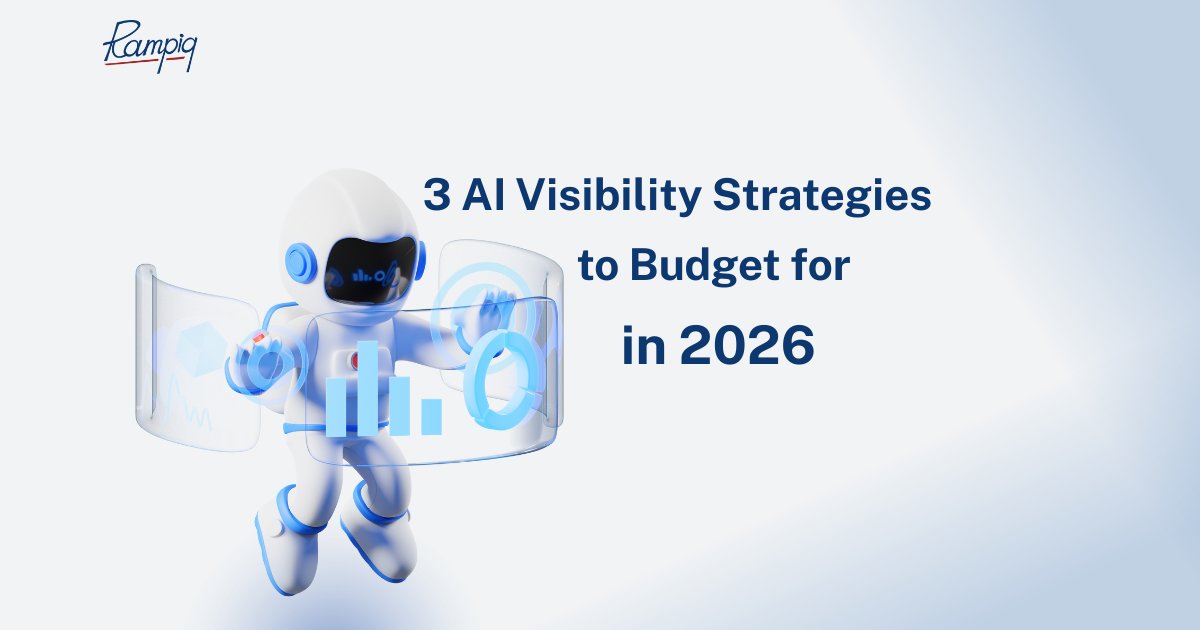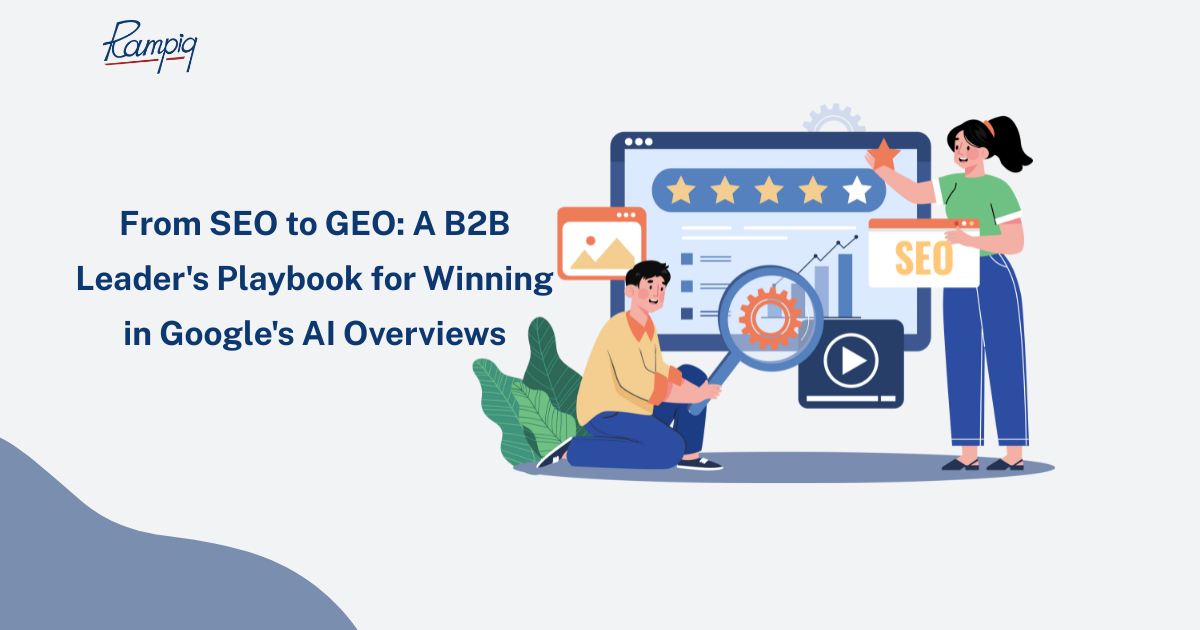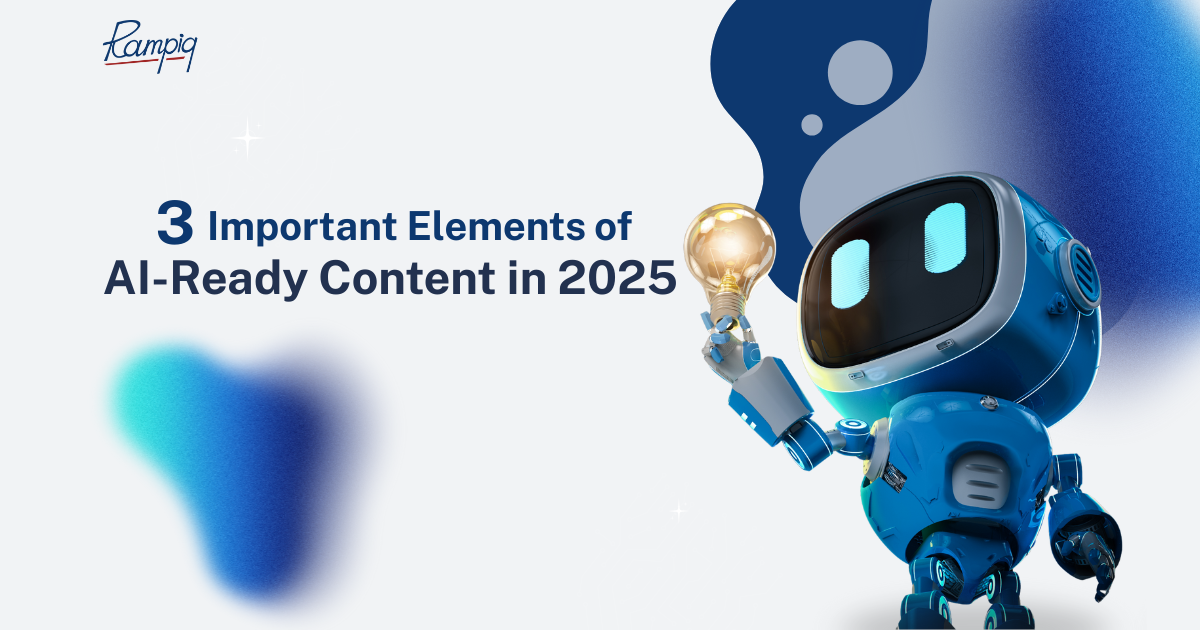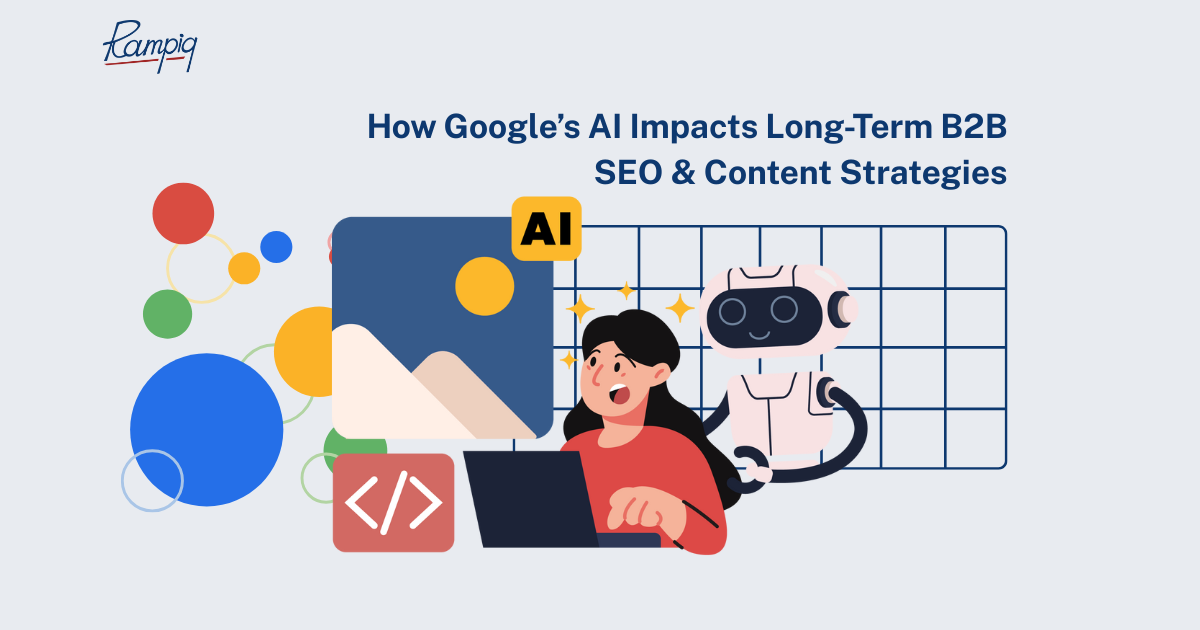What is SaaS content marketing?
As defined above, Saas content marketing is a complex strategy aimed at establishing the brand’s authority and positioning it as an expert, in order to showcase its software solutions and successfully market them. To this end, brands combine a few tools and use a variety of approaches.
A recently popular approach is thought leadership, which deserves special attention in that a B2B SaaS content strategy needs to start with establishing trust, and to achieve the ultimate goal of producing a satisfactory number of quality leads and boosting sales, it also has to combine such aspects as educating the target audience, explaining software functionalities and clearly linking them to the customers’ pain points. Thought leadership is especially useful for SaaS marketing because it relies on the brand’s expertise and inspires innovation.
In SaaS content marketing it’s important to maintain the right balance between the intangible and the specific: the solution you’re offering may be groundbreaking, but the target audience needs to see it as a defined benefit or an answer to an existing problem. Innovation for innovation’s sake may sound visionary, but it’s not enough to inspire the decision to buy.
What Makes Content Marketing for B2B SaaS So Important?
Content marketing for B2B SaaS products is of utmost importance because it serves to build a lasting relationship and rapport with the customers, establish your brand as an expert and authority in order to inspire trust, and thus drive quality leads and, ultimately, boost your sales.
Deliberate, well-crafted content marketing for SaaS will earn you a higher ROI without the need to invest a massive budget. Plus, if used and administered properly, it will help you establish a lasting and powerful connection with your clients.
Types of Content for SaaS Content Marketing
Depending on your product portfolio, brand image, and target audience, you have a choice of various content types to showcase your services. Starting with the basic choice of standard organic social media posts, blog articles, brochures, and landing pages, which are a great way to start communication with your prospects.
This is a good way to present yourself as an expert and build trust among potential customers. Then, you can reach higher and produce e-books, newsletters, or attention-grabbing lists with catchy titles – think of all the “TOP 10s”, “5 Reasons Why” or “What You’ve Always Wanted To Know But Were Too Shy To Ask”.
This serves to increase the interest in your software along with the need to find out more details. The thing is to focus on usefulness and functionality – highlight what makes your digital product a perfect solution to your customer’s pain points. Go one step further and involve your team – start a series of interviews of “faces behind” your brand.
A personal touch is always appreciated, especially if the product itself is rather vague. Plus, customers on the verge of making a decision to buy like to know they can rely on somebody’s specialist knowledge and expertise.
Explainer videos or longer motion pictures are also essential content types. Moreso, case studies, complete with infographics and other illustrative imagery are vital to showcase the use cases of your product and the results it gets. Apart from their indisputable educational value, these types of content help you reach a vast group of prospects and highlight the value of the software you’re promoting.
Other types of content such as videos, social media posts, webinars, ebooks, and similar resources help businesses attract loyal audiences, establish themselves as industry leaders, and build a connection with potential and existing customers on a personal level.
Examples of Successful B2B Content Marketing
We have assessed various companies that nailed their content marketing and saw growth based on that. Here, we have highlighted a few of these content marketing examples.
1. Zapier
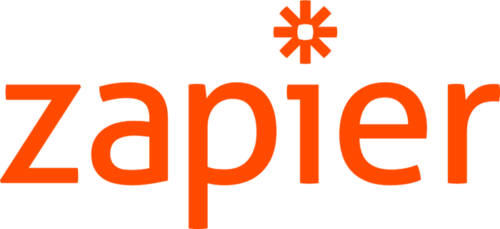
An excellent B2B SaaS content marketing example to show how you can clearly organize your content and engage prospects is the website of Zapier. This is a company that provides its tool for automation, allowing users to connect their favorite apps and automate repetitive tasks.
In this content marketing example, we will see how Zapier grew its business on the back of excellent strategy. First, they needed a way to reach their potential customers as well as showcase the benefits of the tool, and this is where content marketing came in.
Zapier’s blog was significant to their growth as they regularly published helpful articles there related to productivity and automation. These articles illustrated how readers can use Zapier to streamline their workflows.
A key highlight of their content marketing strategy was that each post is informative and provides actionable information – tips and strategies readers can use.
In addition to their blog, Zapier also created other content types – guides, ebooks, webinars, and whitepapers. The aim of all of these pieces of content was to educate their potential users about the various ways they can use Zapier to achieve their goals.
To ensure that their content reached the right audience, Zapier made use of a variety of distribution channels, including social media, email marketing, and paid advertising. This helped them target their audience on the platforms on which they spend their time.
Over time, Zapier has grown and now has a 7.20% market share in the integration market. Their content marketing was successful because they focused on providing value to their target audience. They solved real problems and addressed common pain points, and this enabled them to establish themselves as thought leaders in their industry, gaining a loyal following of customers eager to use their product.
2. Canva

Canva’s content marketing is exemplary also. It’s a graphic design platform offering various tools for creating stunning designs. Canva has become quite popular in the graphic design industry thanks to its content marketing. Here, we’ll examine how they did it.
Firstly, like all the content marketing examples on this list, Canva’s blog is filled with valuable articles providing tips, and tricks, as well as step-by-step tutorials for designers. Their blog topics cover design topics like typography, color theory, and layout. On the back of this, they quickly became industry thought leaders. Also, on their website and social media accounts, you will find tons of customer stories that showcase how Canva helped them create beautiful designs.
Social media and community building also play massive roles in Canva’s content strategy. As a graphics design tool, they have a strong presence, particularly on Instagram and Pinterest. On these platforms, they constantly share beautiful designs and inspirational quotes created with Canva.
Their community and followers are mostly creatives and designers. To quickly build its community, the company hosts regular design challenges and contests to encourage users to use their tools and share their designs.
This user-generated content creates a sense of belonging, helps humanize their brand, and lets them connect to their market on a personal level. All of these have been instrumental in solidifying Canva’s place as a leader in the design industry.
3. Shopify

Shopify is a platform on which businesses create and run online stores. In this example, we will analyze how they used content marketing to grow their business.
Essential to the strategy is their blog section in which they provide troubleshooting guides, insights, tips, and advice for entrepreneurs. Shopify’s blogs rank for most searches related to e-commerce and selling online, and they have become the go-to source for information on selling online.
Shopify shares its blog, videos, and podcast content on social media, such as Twitter, Instagram, and Facebook. You will also find them engaging actively with their customers and providing important company updates on social networks. Social media also presents an excellent opportunity also show off their customer successes and build trust.
Besides blogs, Shopify also has a YouTube channel where they regularly post helpful e-commerce videos. They also post their success stories and more e-commerce industry insights.
They do the same thing with speaking on their “Shopify Masters” podcasts, where they interview successful e-commerce entrepreneurs that have built massive businesses using their platform. This gives potential users the promise of following suit to achieve similar results.
Crucial components of Shopify’s content marketing example, are their massive collections of e-books and guides. These resources which are available on their website target entrepreneurs, giving them all the information they need to build and grow successful online stores (using Shopify).
4. AnalyticVue
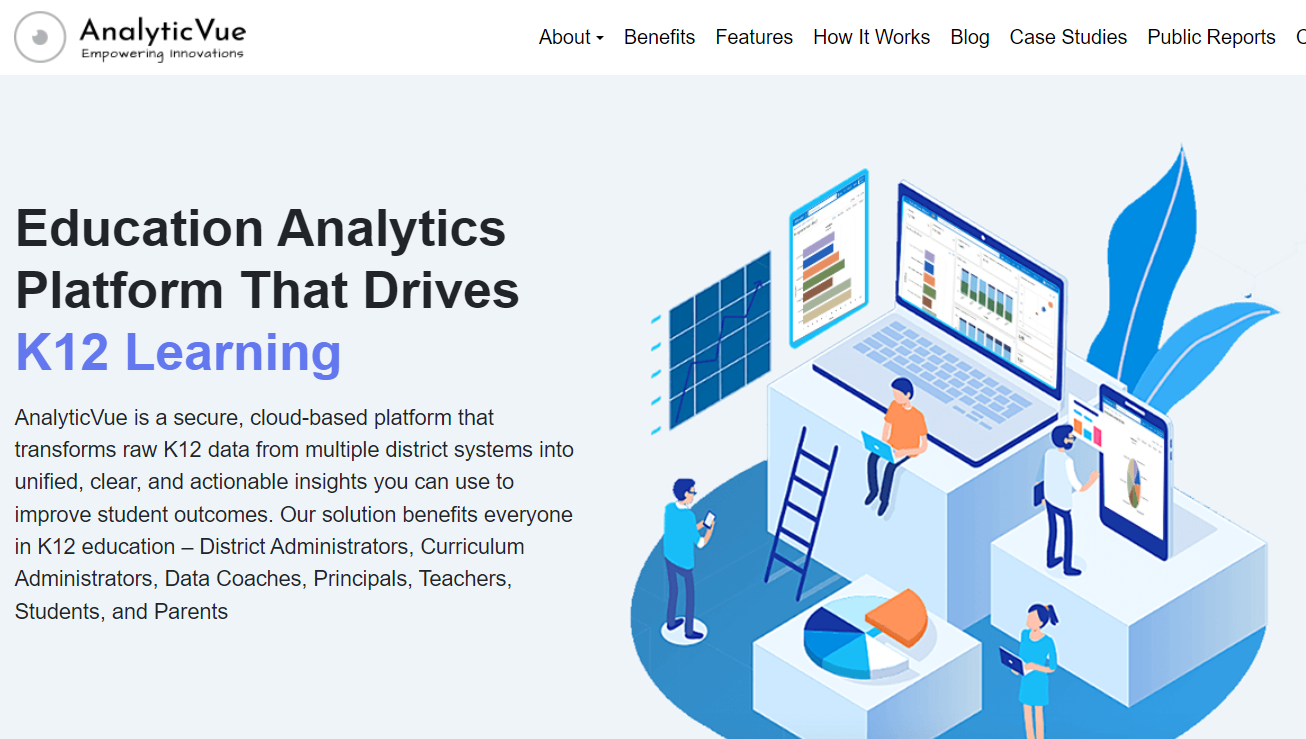
Although the previous examples are well-known giants, who build on excellent reputations and wide recognition, it is sometimes the case that a business must undergo a complete revamp in order to improve its positioning and drive traffic.
AnalyticVue is a player from the EdTech field, a provider of a secure cloud-based platform for data transformation. In our case study, we highlight how they boost their position as an education expert thanks to a website relaunch coupled with SEO optimization and content marketing strategy implementation. The results were impressive, including a 52% growth in the number of organic users, and a significant upsurge in organic impressions and clicks.
How to Create an Effective SaaS Content Marketing Strategy
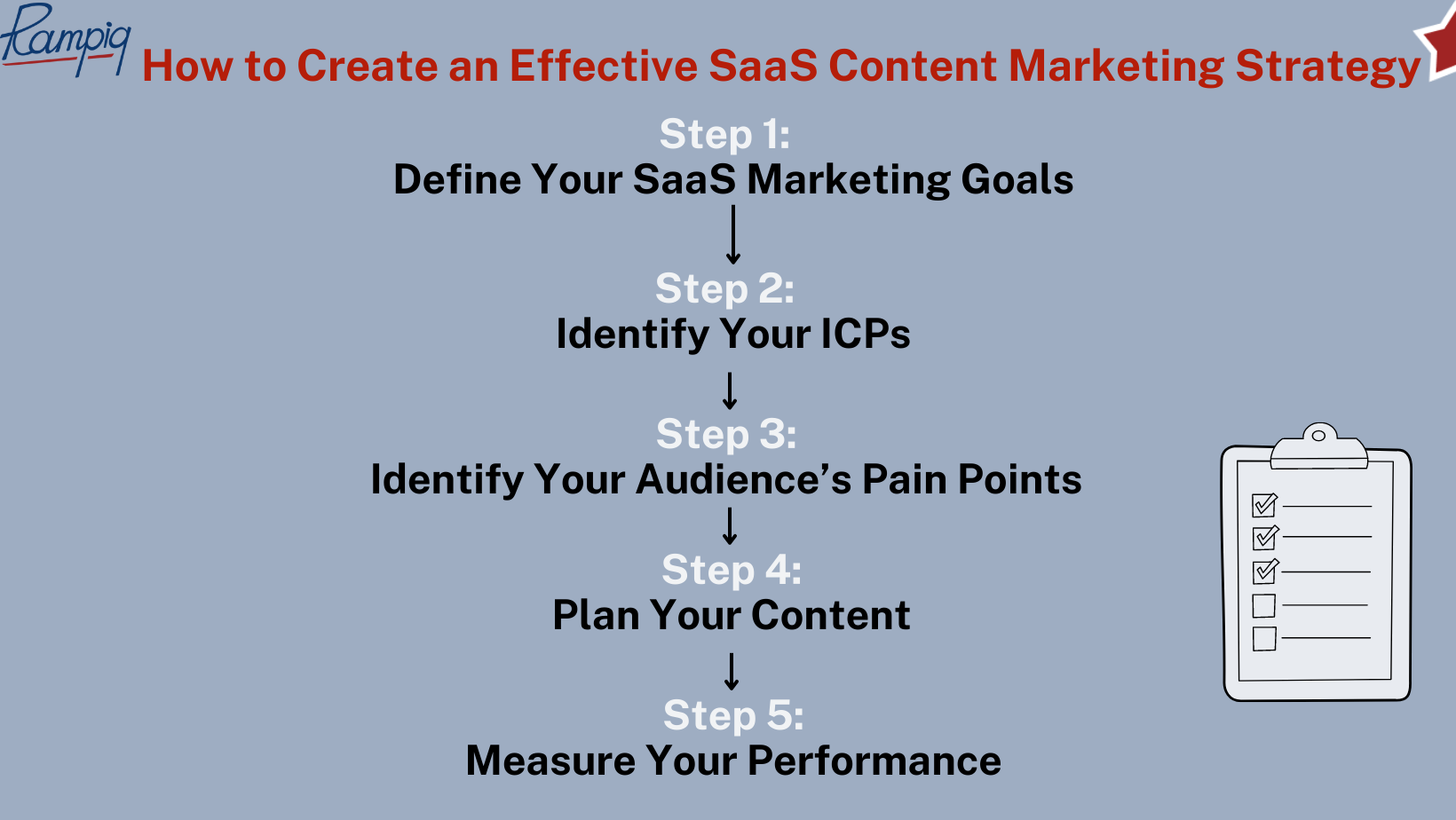
To create an effective SaaS content marketing strategy, you need to know your target audience, with their pain points and, ideally, their goals and ambitions, and to link the features of your solution to these issues or goals. When you have defined your SaaS marketing goals and identified your ideal customer persona, you can dwell deeper into your content strategy by identifying your prospects’ pain points, planning your content, preparing a publication schedule, and measuring your performance on a current basis. The outcome of such measurements will drive any necessary modifications to your original plan.
Step 1: Define Your SaaS Marketing Goals
It’s a good idea to order your marketing goals to drive your strategy. To do this, you can use the SMART model and make sure you get to the right level of detail when planning your content marketing strategy. In this model, you want to formulate your goals so that they are specific, measurable, attainable, realistic, relevant, and time-bound.
The model is specific and objective enough to help you plan your content life cycle accordingly. SaaS content marketing strategy is a creative process, so it’s best to define all the technical aspects and figures at the beginning and leave the creative flow for the next stages of the process when the framework is ready.
Step 2: Identify Your ICPs
At this stage, you have to outline your ideal customer persona. In other words, you need to see whose problem your software purports to solve. Identify as many details of this persona as possible, including business sectors, existing knowledge, the position of your prospects, and pain points specific to the group you have defined. It matters whether you will be addressing the technical team, ICT specialists responsible for the implementation of innovative solutions, or CEOs, who make decisions, but do not necessarily have to dwell upon the technicalities of the proposed solution.
Step 3: Identify Your Audience’s Pain Points
Once you have envisaged the ideal customer group, you can make an educated prediction as to their prominent pain points. The purpose here is to show your solution is a perfect, targeted response to their business issues. Precisely defined pain points mean you cannot only find the right tone of voice and language to strike a rapport with the target group but also time your outreach, for example in response to recent changes in legislation. This is also a great starting point to define suitable topics to show how your product solves your audience’s problems and to establish your position as a thought leader in the industry.
Step 3: Plan Your Content
Now that you know what you want to achieve and your target audience, it’s time to start filling your buckets with ideas. Choose the channels and the media to match your goals, prepare a content calendar, and plan the types of assets you’re going to produce and the time intervals for them to be published.
Before you go on a publishing spree, it’s a good idea to make sure all the technical details are in place. Research your competitors to come up with your own list of keywords, and throw in a few useful backlinks to keep your content alive and interactive. Successful SaaS content creation needs a perfect balance of creativity and technicality.
A bulk of the content will be blog articles. However, you may also utilize other content types as discussed in the previous section. We examined the successful marketing examples and show the types of content they used to achieve their results.
Step 4: Measure Your Performance
Lastly, it’s vital to track important metrics to measure the effectiveness of each content piece. Define a set of essential KPIs and keep track of them as you make your way through your content calendar. You may want to look at the figures and see how you compare with your competitors. Also, you are well advised to arm yourself with a range of useful tools for measuring your online performance, so that you can fine-tune your campaign by modifying, expanding, or repurposing your content.
How to Use SaaS Content Marketing for Different Sales Funnel Stages
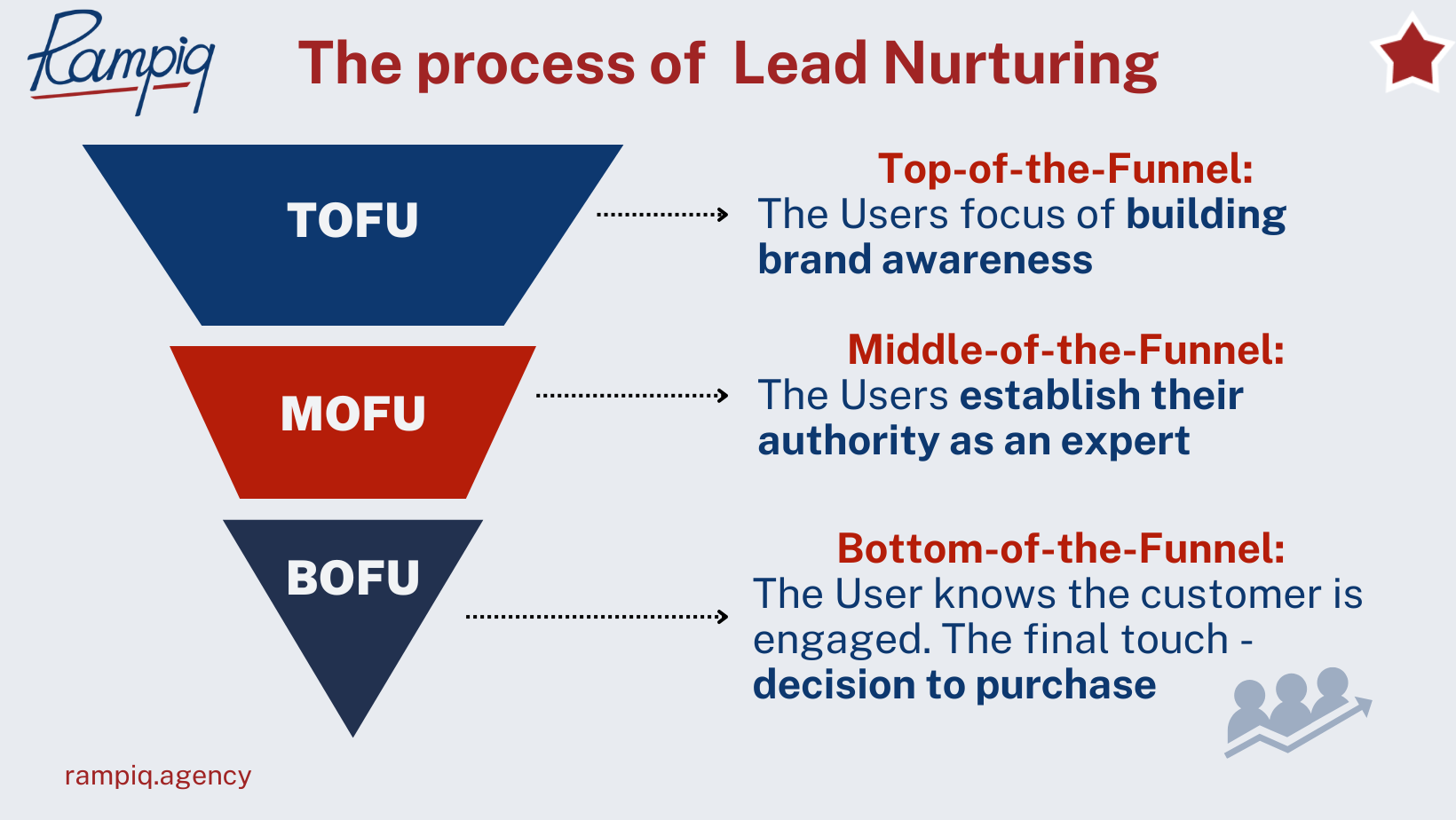
Funnel marketing is a useful and systematic approach to content planning and creation. The model reflects individual stages of the customer journey, from building awareness to inciting interest, desire, and action.
This process of lead nurturing comprises the following three levels:
1. TOFU – Top-of-the-Funnel
In this stage, the users focus on building brand awareness. You want your prospective customers to notice you, and see a connection between what you offer and their needs or pain points. Use this funnel level to explain what your software is, what it does, and how it is best to be used to address the client’s pain points.
2. MOFU – Middle-of-the-Funnel
The goal here is to convince the target audience that you are the number one choice for a specific service or product. The assets useful at this stage should be more targeted and detailed, e.g. podcasts, comparison charts, infographics, webinars, brochures, technical social media posts, or “TOP 5” lists (or “the reasons why”). Popular topics that target users at this stage include comparisons, highlighting the advantages of the solution, revealing interesting details, and presenting all sorts of statistics and rankings that prove the value of your software.
3. BOFU – Bottom-of-the-Funnel
The users here are engaged and only need to convert. To do it without being overly imposing, you can opt for such assets as case studies, live demos, trials, interviews with your technical specialists, user testimonials, and the like. Recommended topics at this stage should be helpful in making the final decision to purchase, subscribe, book a meeting, or request a demo. To do this, you may convey a slight sense of urgency and go for a time-limited offer, or suggest a preview of the functionalities of your software.
